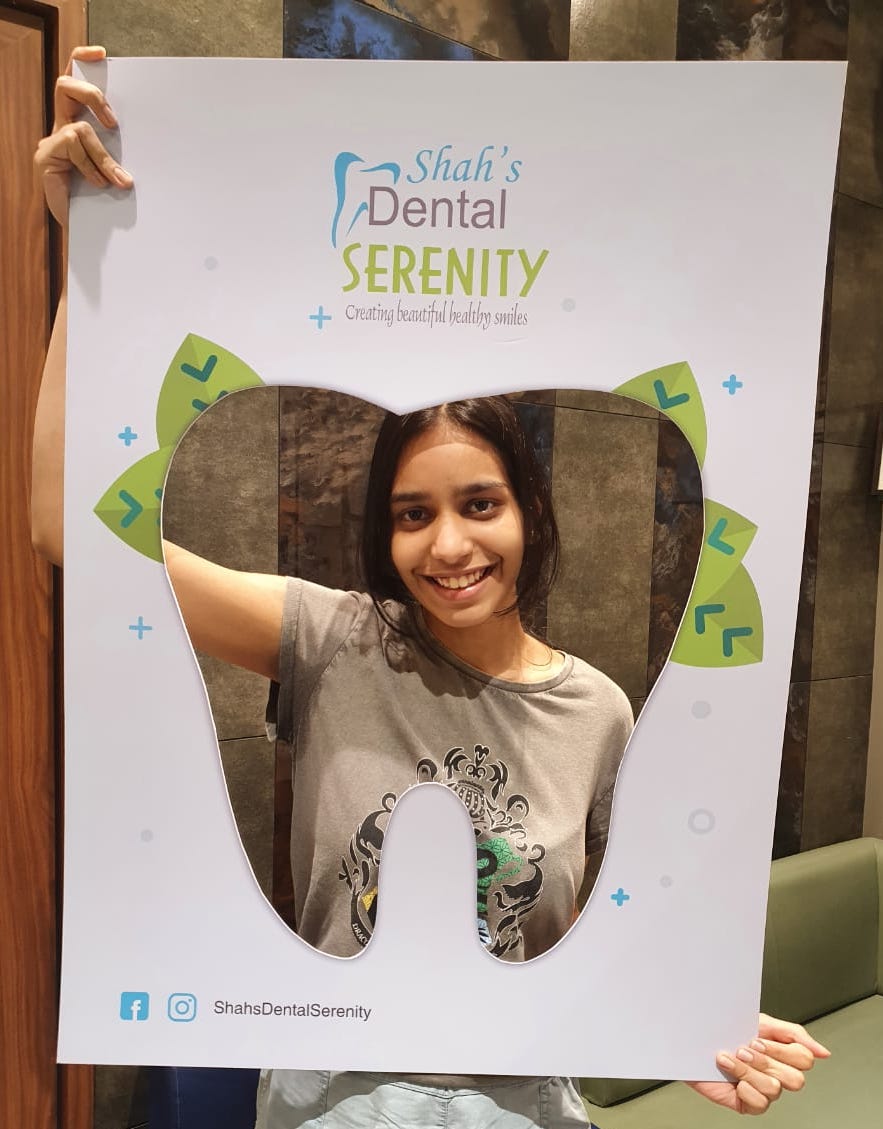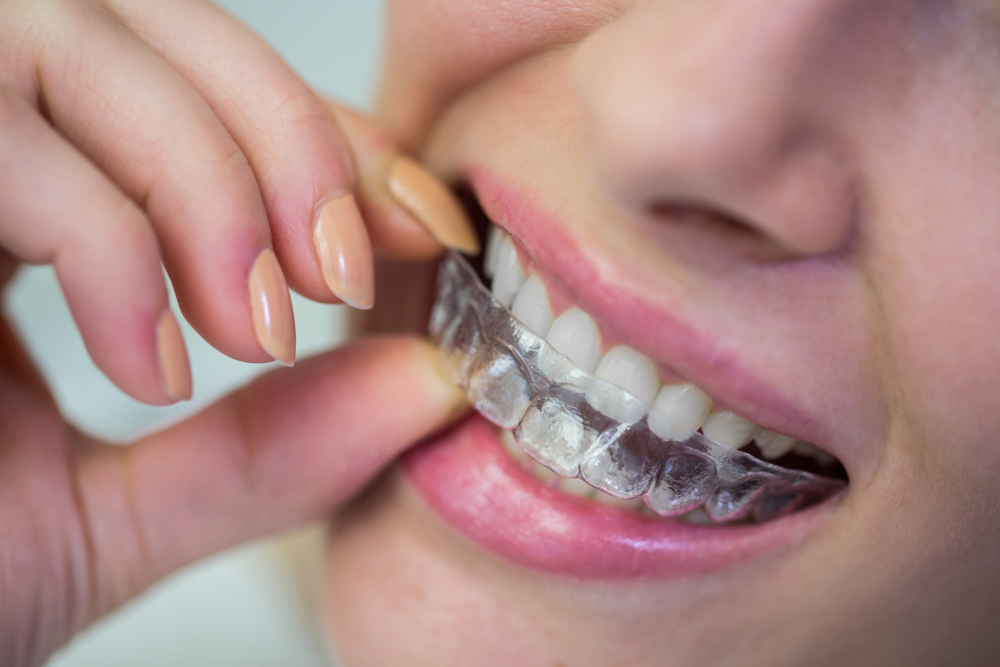Orthodontic treatment, specifically braces, is not limited to adolescents and teenagers. In fact, orthodontic treatment for adults is becoming increasingly common. Braces can effectively straighten teeth and address a wide range of orthodontic issues, including crooked teeth, crowded teeth, and gapped teeth. The use of braces is not limited to cosmetic purposes, as they can also correct malocclusion, which refers to issues with the way your teeth fit together. This article will explore the types of braces available and their benefits, financial considerations for braces treatment, maintenance and care for braces, and address frequently asked questions regarding orthodontic treatment.
Types of Braces and Their Benefits
Introduction to different types of braces
There are several different types of braces available, and the best option for you will depend on your specific needs, preferences, and the severity of your orthodontic condition. The most common types of braces include metal braces, ceramic braces, lingual braces, self-ligating braces, and clear aligners.
Advantages and considerations of traditional metal braces
Metal braces are the most commonly recognized type of braces. They use stainless steel bands, brackets, and wires to shift your teeth over time. Metal braces are known for their effectiveness and affordability. They are suitable for treating various orthodontic issues, including severe cases. Metal braces are visible when you smile, but you can choose clear or tooth-colored ligatures to make them less noticeable.
However, if you prefer a more colorful and fun look, you can opt for brightly colored ligatures.
Benefits and considerations of ceramic, lingual, self-ligating, and clear aligner braces
Ceramic braces, also known as clear braces, work similarly to metal braces but have tooth-colored or clear brackets, wires, and ligatures. They are less noticeable compared to metal braces but are slightly more fragile.
Lingual braces are placed on the back surfaces of your teeth, making them virtually invisible from the front. They are an excellent option for individuals who want discreet orthodontic treatment.
Self-ligating braces are similar in appearance to traditional metal braces but use a built-in system to hold the archwire in place. They minimize friction and allow for longer intervals between adjustments.
Clear aligners, such as Invisalign® and ClearCorrect®, are a popular alternative to traditional braces. They use a series of custom-made trays to gradually move your teeth. Clear aligners are nearly invisible and are removable, allowing for easier brushing and flossing.
However, they require consistent wear for at least 22 hours a day to be effective.
Financial Considerations for Braces Treatment
Cost and financing options for braces
The cost of braces can vary depending on several factors, including the type of braces, the complexity of your case, and the duration of treatment. Traditional metal braces are generally the most affordable option, while ceramic braces, lingual braces, and clear aligners tend to be more expensive.
Many orthodontists offer financing plans with minimal to zero percent interest, allowing you to spread the cost of braces over time. It’s also worth inquiring about any discounts that may be available for paying in full or for multiple family members.
Dental insurance coverage for orthodontic care
Dental insurance plans often include coverage for orthodontic treatment for children under the age of 18.
However, coverage for adults is less common. It’s essential to contact your insurance provider to understand the specifics of your insurance coverage and inquire about the details of your plan.
Other financial assistance options for braces treatment
If you qualify for Medicaid, braces may be covered if they are deemed medically necessary. Each state’s Medicaid program has unique coverage, so it’s important to verify what orthodontic services are covered in your area.
Additionally, certain healthcare accounts, such as Health Savings Accounts (HSA) and Flexible Spending Accounts (FSA), allow you to use pre-tax dollars to pay for braces.
For individuals facing financial hardships, dental charities like AAOF Donated Orthodontic Services may provide assistance in obtaining affordable dental care, including braces.
Maintenance and Care for Braces
Essential tips for maintaining braces
Proper care and maintenance are essential for getting the best results from braces. Daily cleaning is crucial, and it involves using a soft-bristled toothbrush and fluoride toothpaste. It is also recommended to use additional tools such as water flossers and proxy brushes to clean hard-to-reach areas.
Foods to avoid with braces
Certain foods can damage braces, so it’s important to avoid them during treatment. Hard and sticky foods should be avoided, as they can cause brackets or wires to break. It’s best to choose softer foods and cut fruits and vegetables into smaller pieces for easier consumption.
Handling emergency situations with braces
In the event of a broken wire or bracket, it is essential to contact your orthodontist immediately for guidance. They will provide instructions on how to handle the situation until you can visit the office. It’s also helpful to keep orthodontic wax handy to temporarily cover any sharp edges that may cause discomfort.
FAQs
What issues can braces treatment address?
Braces can effectively address a range of orthodontic issues, including crooked teeth, crowded teeth, gapped teeth, and malocclusion (bite issues).
How long does orthodontic treatment typically last?
The duration of orthodontic treatment varies for each individual. On average, treatment can last between 12 to 24 months. The length of treatment depends on the complexity of the case and the type of braces used.
What are the different types of braces available for treatment?
There are several types of braces available, including traditional metal braces, ceramic braces, lingual braces, self-ligating braces, and clear aligners.
Are there any age limitations for getting braces treatment?
There are no age limitations for braces treatment. While early orthodontic assessment is recommended, individuals of any age can benefit from orthodontic treatment. In some cases, it may take longer for adults to achieve the desired results compared to younger individuals.
In conclusion, braces treatment is not limited to a specific age group and can effectively address a variety of orthodontic issues. Understanding the different types of braces, their benefits and considerations, and financial options can help you make an informed decision. Proper care and maintenance are crucial for achieving the desired results, and it’s important to consult with an orthodontist to determine the best treatment plan for your unique needs.





